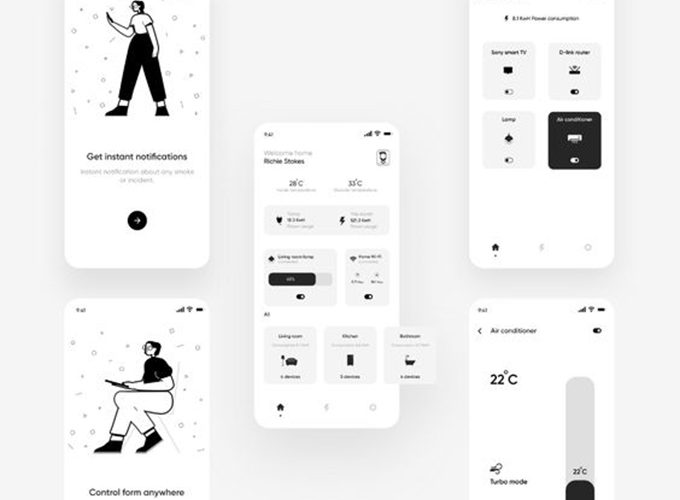Mobile app marketers today have access to multiple channels for user acquisition. Some of these strategies include social media app install campaigns, in-app banner ads, and interstitial ads, among others. So what is an app install ad and how are successful mobile marketers using them to drive their user acquisition strategies?
Table of Content
- 6 App Install Ads
- country target keyword installs
- buy cheap android app installs
- google play store search keywords
Continue reading for strategies for your app install ads.
1. 7NOW
7-Eleven is making a big push for mobile. In this YouTube app install ad, they are promoting a delivery service for food and alcohol. They also make a generous offer within their ad: the first three deliveries are free.
Many food delivery apps employ referral marketing campaigns to offer a single free delivery. 7NOW’s strategy is to get users hooked on the product after three free trials.
Include a generous offer in your app install ad so that the decision to download is as easy as possible for users.
2. Sideline
Sideline might take the cake for the most concise app install ad copy. Their value proposition is straightforward and easy to grasp: two numbers, one phone.
It’s so clear, in fact, that they didn’t feel the need to differentiate the description from the title from “2nd Phone Number” to “Get a Second Number.” Enough said.
When drafting your app install ads, keep the ad copy and visuals as simple as possible while still clearly conveying what your app does.
Banner Ads
Although banner ads have reportedly seen a decline of average click-through rates to 0.06%, they are still relevant in certain situations.* If an app’s business model is built on advertising revenue, it’s important for the engagement with the app’s core feature to remain intact while displaying the ad.
Hyper-casual games, for example, can sacrifice a portion of the screen to make way for a monetization strategy in some cases.
3. Golf Rival Game
In this example, Golf Rival is cross-promoting their game within another hyper-casual game. This is a similar strategy to the higher level approach of advertising mobile apps on mobile devices. Games want to take advantage of audiences who already play mobile games.
Consider the various channels and platforms where your app install advertisement will reach an audience and align them with your target market. If you’re in the B2B space, for example, Twitter is a great place to reach your audience. If your app is more B2C, Instagram and Snapchat would be good options.
Interstitial Ads
These full-page ads are shown in between two pages or views within the app experience. In between two levels of a game, for example, interstitial ads take advantage of this time to provide a fully immersive advertisement.
4. Wordscapes
In this example, Wordscapes takes advantage of the time between games of solitaire. It’s a great time to catch users as they prepare for the next screen or another round of gameplay.
Consider using interstitial ads in your user acquisition strategy to take advantage of the user’s undivided attention. Unlike banner ads that become peripheral and possibly go unnoticed, interstitial ads can be great ways to inform users quickly while you have their attention.
App Store Ads
App discovery takes place primarily on the App Store. In fact, 70% of App Store visitors use search to find apps and the conversion rate for Apple’s search ads is reportedly 50%.*
With success rates like this, these ads are essential for mobile marketers to get right.
5. JUMP
In this example, JUMP places an app install ad within the App Store search. This means that people searching the App Store for a scooter app will be first shown JUMP. These ads appear above the fold which creates the feeling of superiority as the first search result.
6. Coinbase
Coinbase is capitalizing on the popularity of cryptocurrency by targeting the names of specific cryptocurrencies on the App Store. In this example, Coinbase appears as the top result for Bitcoin, which currently holds the top spot for most popular cryptocurrency.
Thinking about different stages in the buyer funnel can help you target terms with higher conversion rates.

